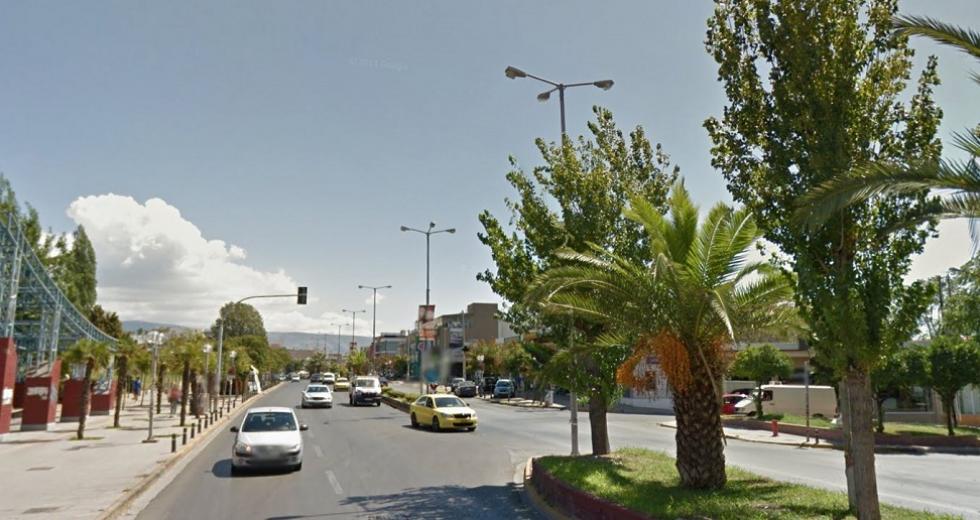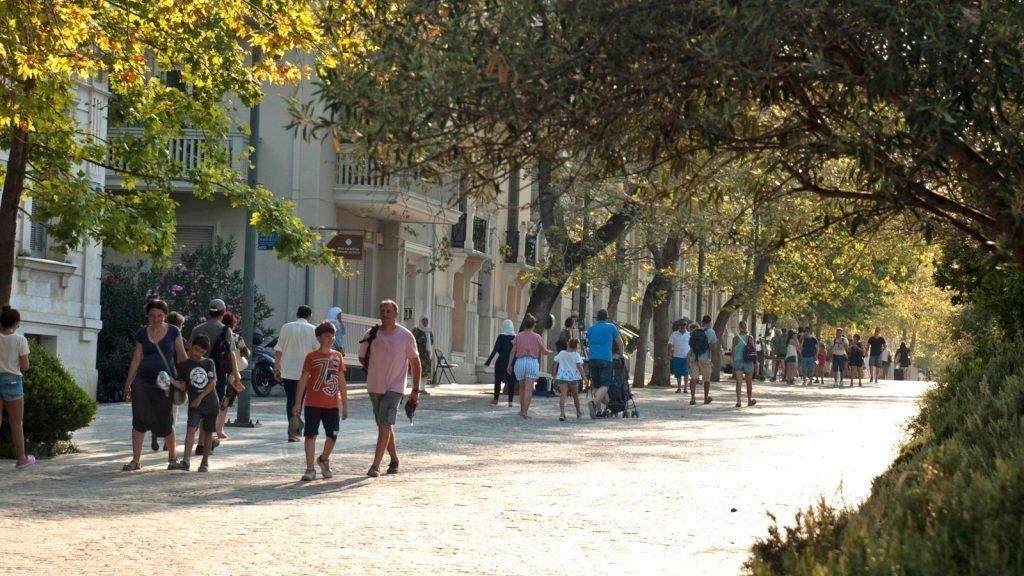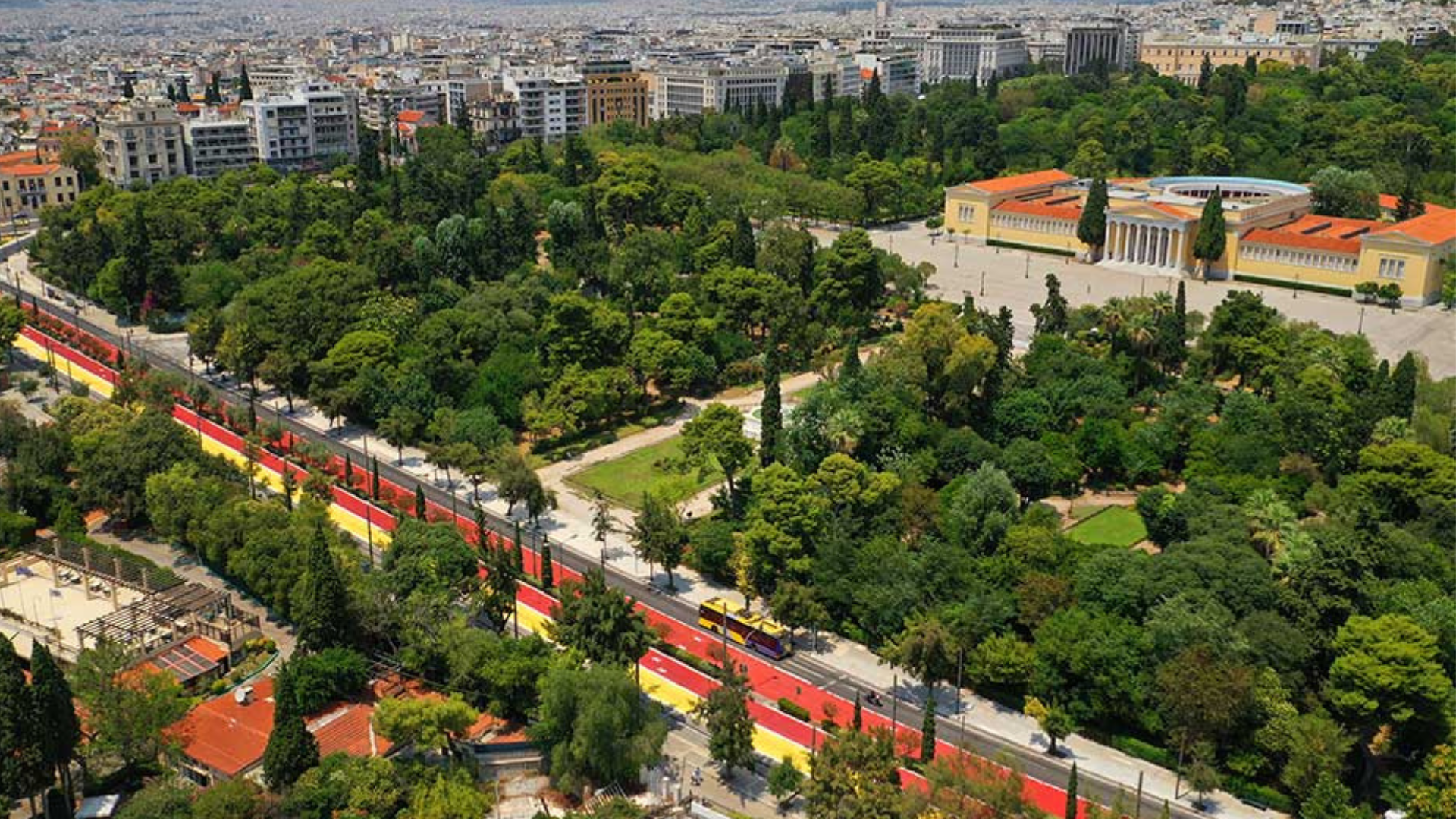Found all over cities, towns and villages, many streets in Greece have been named after revolutionary heroes, poets, gods, architects, and queens.
For many the Greek street name is a map of the country’s spiritual identity, allowing people to engage in stories and shaping the overall Greek experience.
With this, we look at three of Greece’s most prominent street names and the connection they have with our national identity.
Iera Odos
Known as the ‘sacred way’, this road begins from the archaeological site of Kerameikos in Athens and eventually connects to the National Road.
During Ancient Greek times many sacred roads were used for religious processions to sanctuaries and to other sacred destinations.

Dionysos Areopagitou
Running along the base of the Acropolis is the broad pedestrian street, named after Dionysius the Aeropagite who was a judge of the Areos Pagos. He was fortunate to have converted to Christianity by Paul the Apostle.
Situated in the perfect location with the landmarks of Athens surrounding it. The street feels as though it has been there for a long period of time and was designed by the architect Dimitris Pikionis in the 1950’s.

Palaion Patron Germanou
A central street in Athens, near Syntagma, this street is named after Germanos the Metropolitan of Patra. He is recognised as being a member of the Filikis Etaireias who blessed the revolutionary flag that was raised at the monastery of Agia Lavra in Kalavryta.
Source: Ekathimerini

